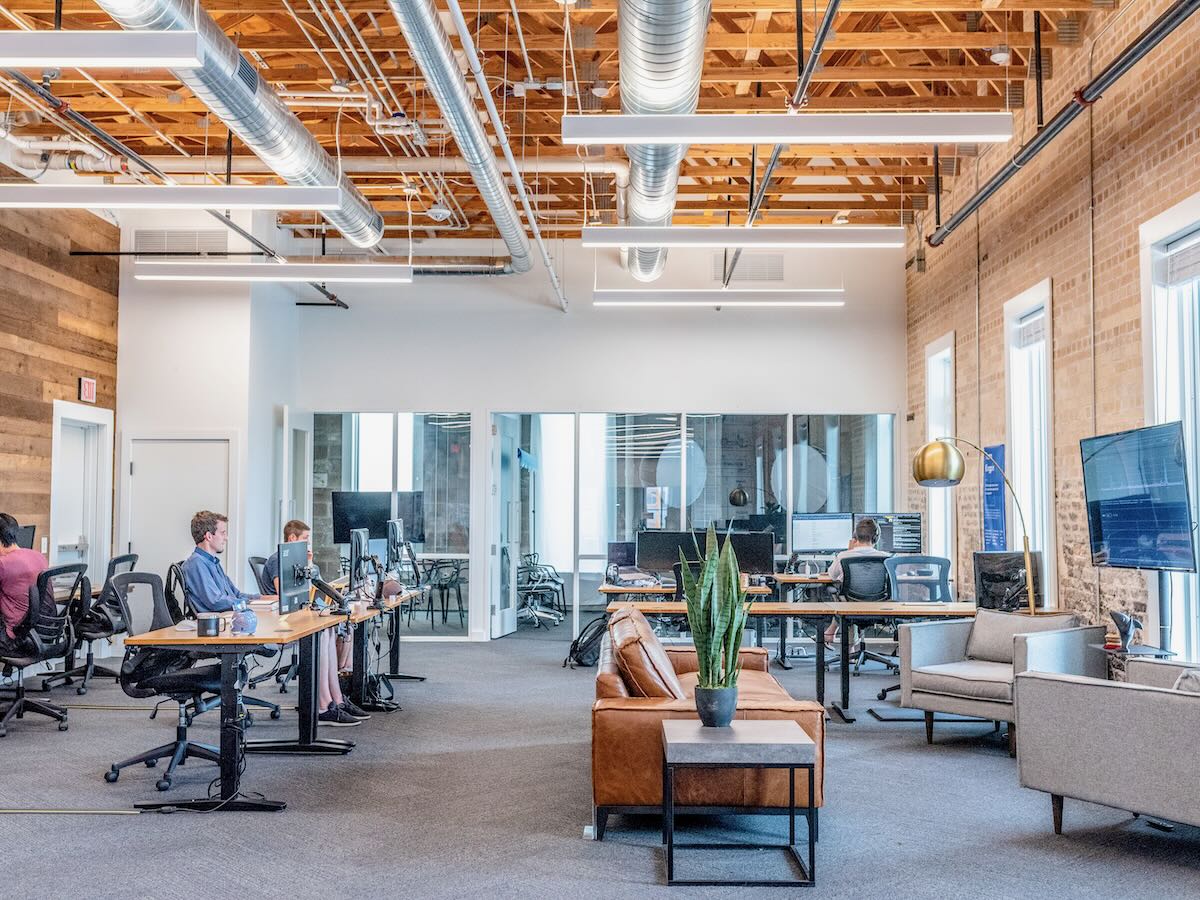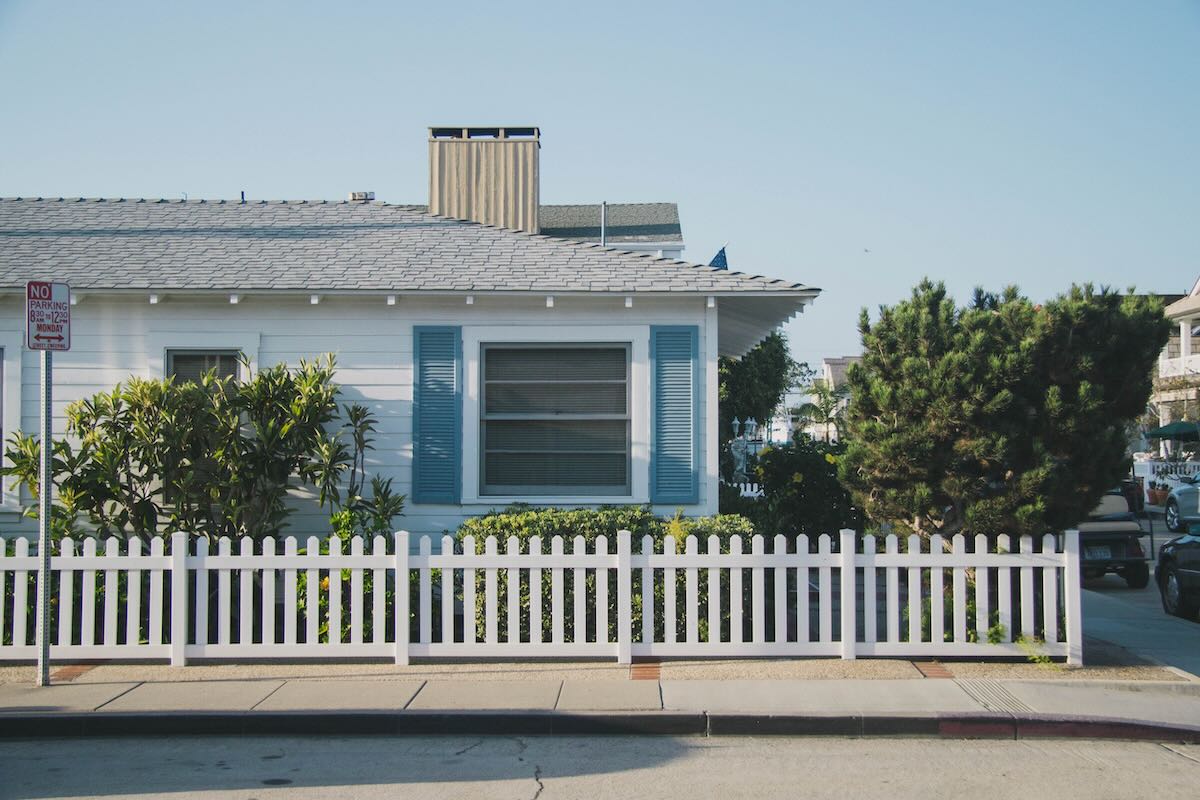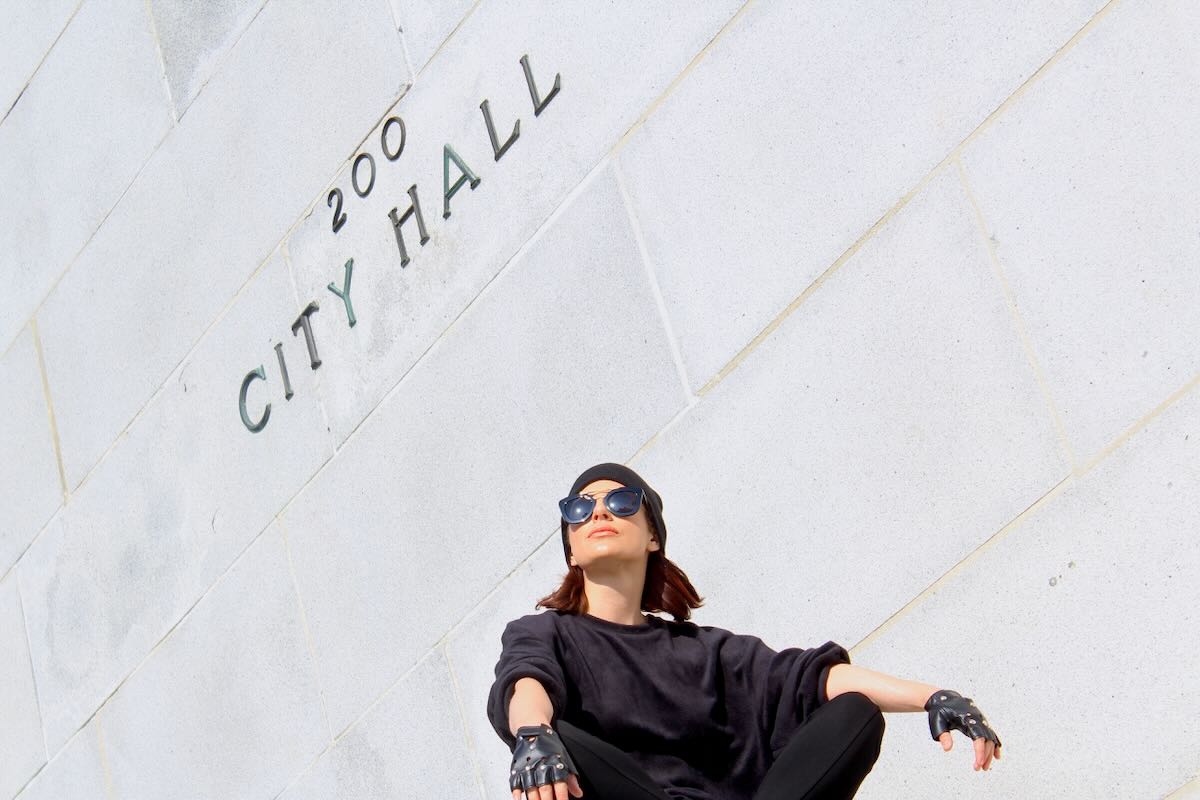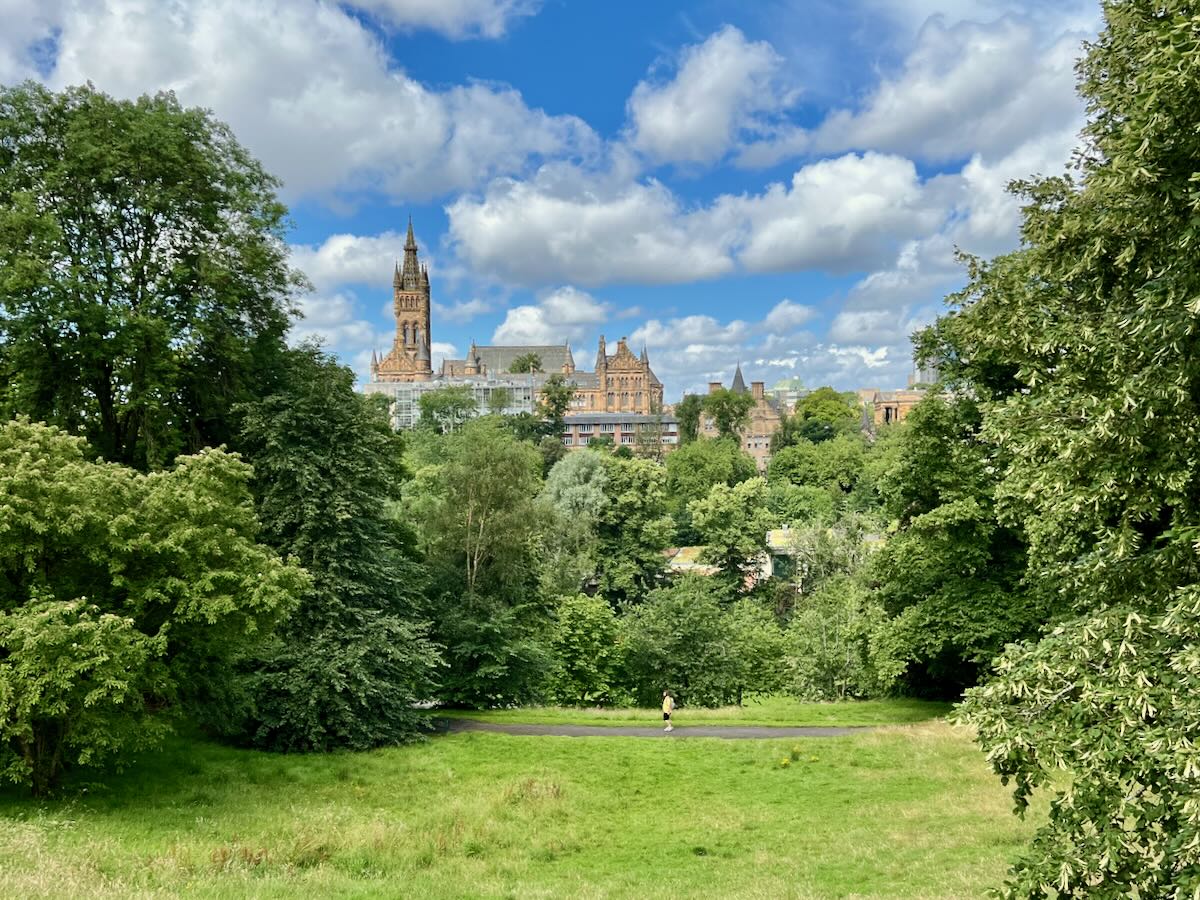My Ideal Neighbourhood, Issue 19
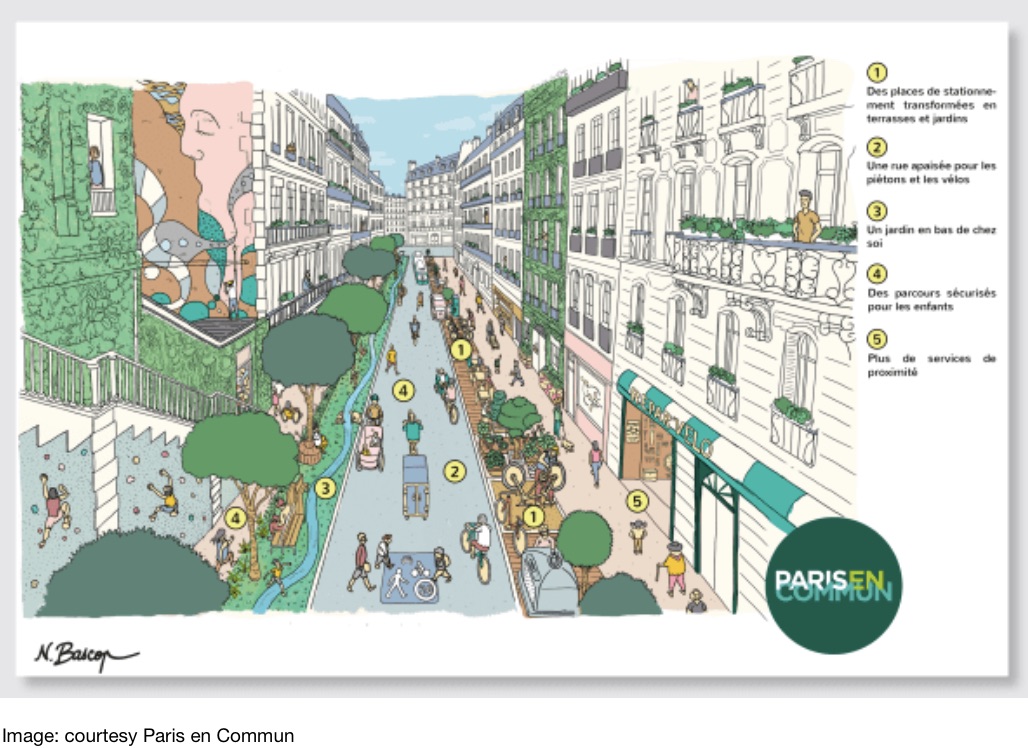
I concluded Issue 18 by asking what kind of neighbourhood or city you would consider most livable? Do you want to live in a community that is always a car ride from everything or do you want to have walkable accessibility to most of the things that you need and enjoy? Based on what I have written in previous newsletters, I don’t think that any of the readers would be surprised to discover that I would opt for a walkable neighbourhood within a compact city that has a clean and dependable public transit system which, together with an extensive bicycle path network , would allow easy access to other neighbourhoods, cultural and sporting venues, a vibrant central business district, and appealing shopping areas. It would also be ideal to have high-speed inter-regional rail service to get to nearby recreational areas and cities failing which, I would like to have convenient access to a car but I would be happy to never have to own one.
Anything real begins with the fiction of what could be. Imagination is therefore the most potent force in the universe and a skill you can get better at. Its the one skill in life that benefits from ignoring what everyone else knows. – Kevin Kelly
https://kk.org/thetechnium/68-bits-of-unsolicited-advice/
Some of this is repetitive but these are some of the things that I would want my ideal neighbourhood to have:
- Retail stores that would include specialty food shops such as a green grocer, a butcher shop, a fish monger, bakery, and a cheese store. In Paris there would also be a “traiteur”. I don’t want to have to drive to Canadian Tire or Home Depot to buy picture hooks, a missing screw, or to have a key cut. I would like there to be a small local hardware store where I could get these items along with good advice.
- Third Places, a term coined by Sociologist Ray Oldenburg in his 1989 book The Great Good Place, which described why hangouts like cafes, bars, pubs, restaurants, hair salons, and barber shops are essential breeding grounds for social connections, inclusion, and, democracy. https://www.curbed.com/2018/5/31/17414768/starbucks-third-place-bathroom-public
- Lots of green space and I wouldn’t want every park to consist of a soccer field, baseball diamond, and playground. Pointe-Claire certainly has this mix right with its Terra Cotta nature park, the green areas along the lakeshore, the toboggan hill at Coolbreeze, the Venture Park canoe / kayak and sailboat installations, and numerous community parks and pools with playing fields.
- Good public transportation
- Wide, well maintained tree-protected sidewalks that allow me to walk to most neighbourhood amenities within fifteen minutes
- Extensive bicycle path networks that allow me to move about even more quickly and provide easy access to neighbouring communities.
In my very early adult years when local retail was just starting to fade away, the average household size in Canada had dropped to a little less than four people. That average household size is now down to 2.47. That translates into about 1500 fewer people for each 1000 homes. According to the 2016 Canada census data the City of Pointe-Claire had 12,835 dwellings and a total population of 31,380 or 2.44 people per household, a little less than the Canadian average. There were 6,655 people under the age of 20 or only .52 children per household. This reduction in household size impacts the vitality of community organizations, schools, the design of municipal services and recreation, restaurants and cafés, and proximity retail.
Over a similar period of time automobile ownership was increasing and super regional shopping centres were evolving so neighbourhood retailers not only had fewer customers but also more competitors in locations designed for automobiles with little thought given to neighbourhood integration and the survival of existing commercial areas. And then came Walmart. Not only has Walmart and other big box retail exacerbated the erosion of urban small retail, it has destroyed many small town centres.

Also, I think that monoculture neighbourhoods are boring. I like diversity and I want to live with people with different ethnic backgrounds and from different age groups. I want room in my neighbourhood not only for doctors but for nurses and orderlies; not only for business owners and executives but for mechanics and electricians and shop keepers. I have worn a kilt and “stripped the willow” at family weddings, enjoyed bar mitzvahs and bat mitzvahs, plied the night away to reggae and “jump” music, but I still haven’t been to a Bollywood wedding, something that is near the top of my punch list because I want to be young enough to be able to take part in all that dancing. One of the things that I enjoyed most when I was involved in my children’s sports activities was the mix of people that it brought together from a broadly defined catchment area made up of varying socio-economic ghettos. We would cheer together, travel together, share a meal and a beer, and support each other. I would get lots of useful advice and help on a whole variety of things and occasionally I was able to return the favour. See the Scottish Country Dancing at https://www.youtube.com/watch?v=gBCayM6aFJQ. Sorry for the quality and age of the video of this very civilized version of Strip Willow but imagine this is the group providing the wedding music: https://www.youtube.com/watch?v=LQ-SDvEw6Jo
Next Issue: The case for a renewal of proximity retail.
The same reminders: Shop local, support local businesses, buy from local farms, and support local artisans and manufacturers. As always, wear face masks as required, wash your hands, practice social distancing, hydrate, and exercise.

